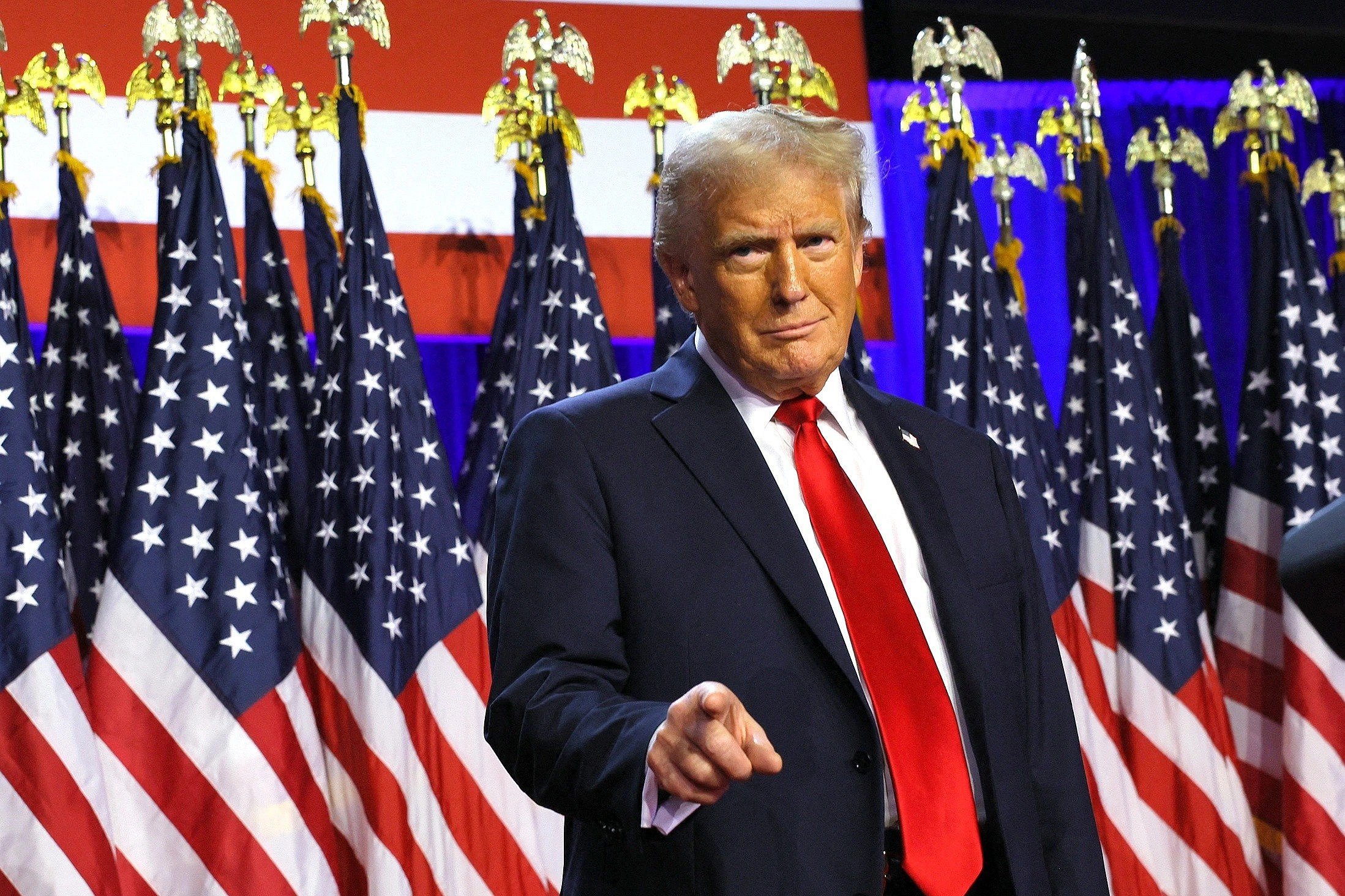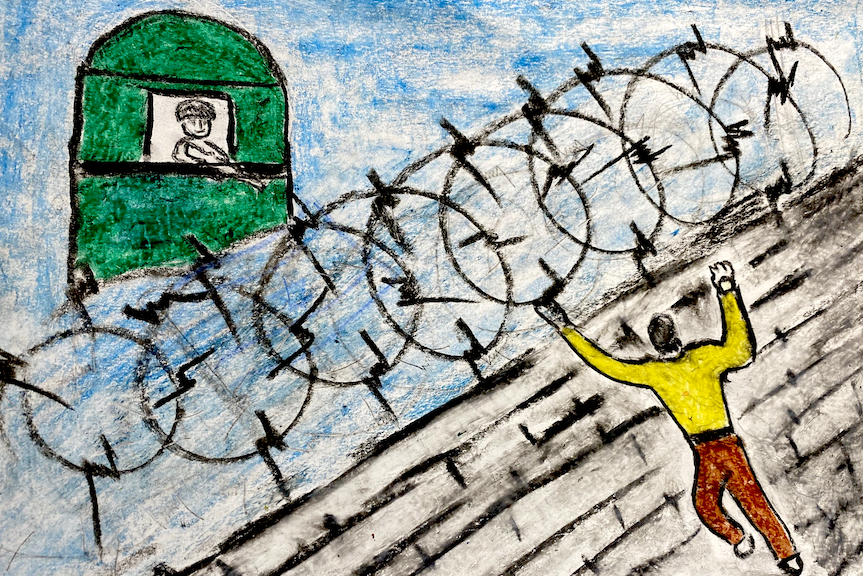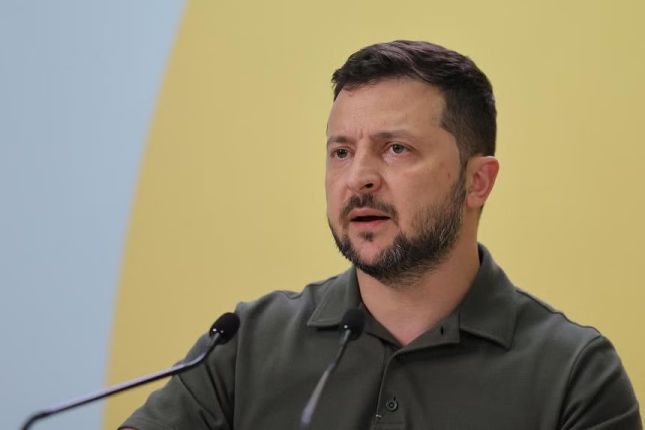Their advance has consistently been called slow, but this is no longer true. In October and November, Russia captured over 1,500 square kilometers of Ukrainian territory. The pace has continued in December, and Russia is advancing on as many as eight sections of the front. They are overwhelming heavily fortified Ukrainian cities and defenses, jeopardizing Ukraine’s ability to supply its troops by rail or road. They are now only one mile from Pokrovsk, a key logistical hub. Beyond Pokrovsk, the Russian Armed Forces may find mostly undefended fields.
More importantly, the Russian assault is devouring Ukraine’s soldiers and weapons. Ukrainian President Volodymyr Zelensky begs his Western suppliers daily for more weapons. “The priority should be providing missiles,” he said again on December 9. Possibly between 500,000 and 600,000 Ukrainian soldiers have been killed or wounded and at least 100,000 more have deserted.
And yet, desperate for men and weapons, Zelensky is sending the precious men and weapons he has everywhere but the Donbas where the fighting is happening.
In August, Zelensky and his commander-in-chief, Oleksandr Syrsky, made the decision to deploy the best trained and best equipped troops they had left to them away from the front lines in the Donbas to the Kursk region of Russia. The hope was that the invasion of Russia would compel the Russian Armed Forces to divert troops from the assault on the Donbas front to the defense of Russian territory.
But long after Kiev has admitted that that strategy failed and conceded that Russia has been pushing the invading Ukrainian force back out of Kursk without diverting troops from the battlefield in Ukraine, they are still sending reserves to Kursk. And they are still sending more troops and weapons than they are to Donbas.
Short of the misguided fantasy that, even if they could hold onto Kursk, it would give them a chip at the negotiating table big enough to barter for all the lost territory in Ukraine, it is very hard to understand why Zelensky is still sending troops and arms to Kursk while the Donbas falls to Russia.
And it is not only Kursk that is siphoning off Ukrainian troops and equipment that are desperately needed in the Donbas.
When the Hayat Tahrir al-Sham rebels swept to power in Syria, they did so, according to reporting by The Washington Post, with the assistance of Ukrainian forces. Ukrainian intelligence reportedly sent “about 20 experienced drone operators and about 150 first-person-view drones to rebel headquarters in Idlib, Syria.”
And this is not the first time Kiev has made the decision to divert badly needed troops from the Donbas front to the Middle East. In June, The Kyiv Post, reported that, since the beginning of the year, Ukrainian special forces have been collaborating with the rebels in Syria.
Being overrun in Donbas, the Post’s David Ignatius says, Ukraine was looking for ways to “widen the battlefield” and for “other fronts where it can bloody Russia’s nose.”
Western intelligence says that the Ukrainian forces in Syria “played only a modest role” in Syria. But they played no role at all in the Donbas where the “experienced operators” and advanced drones were badly needed.
The battlefield situation in the Donbas is growing dire for Ukraine. Despite insufficient troops and weapons, and despite soldiers refusing to follow orders and deserting their posts, on December 14, Ukraine’s military leadership, blaming him for failing to stop Russia’s advance, fired General Oleksandr Lutsenko, the commander of operations in eastern Donetsk.
It is hard to understand why President Zelensky is sending Ukraine’s most elite forces to Kursk and to Syria and to everywhere but the Donbas front where they are existentially needed.
Source: AntiWar.































